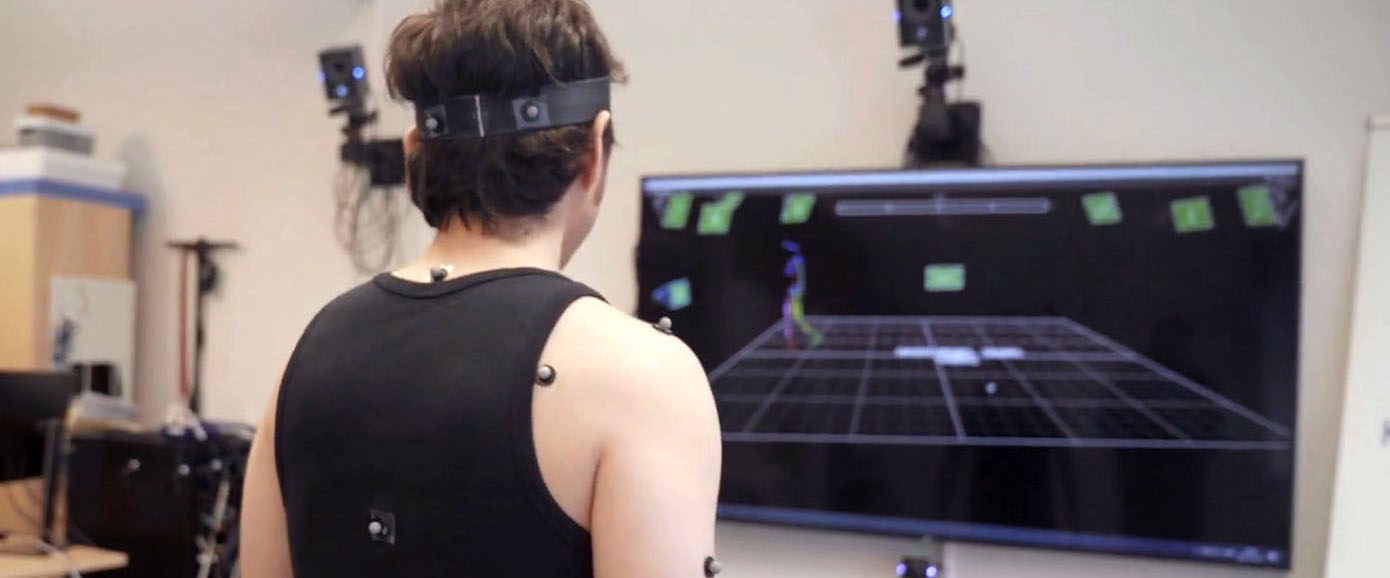Biomechanics
Biomechanics is the study of the interactions between mechanical and neural aspects of human movement. The field of biomechanics applies principles of physics, mathematics, and engineering to analyze, augment, and optimize human movement for performance, injury prevention, and rehabilitation.

Controlled by the nervous system, human movement is achieved through a complex and highly coordinated interaction between bones, tendons, muscles, ligaments, and joints within the neuromusculoskeletal system. Any injury to, or lesion in, any of the individual elements of the neuromusculoskeletal system will change the mechanical interaction and cause degradation, instability, or disability of movement. These movement deviations in turn can result in long term consequences on the body’s tissues and function.
The Promobilia MoveAbility Lab and research group are led by Professor Lanie Gutierrez-Farewik at the Royal Institute of Technology in Stockholm, Sweden. Our research is focused on quantifying movement strategies employed by the nervous system, unravelling the causal relation between load bearing and adaptive capacity of the neuro-musculoskeletal system, and developing adaptive assistive devices for children and adults with motion disorders. The strength of our research is enhanced with our combination of experimental and computational approaches and multidisciplinary collaboration.
